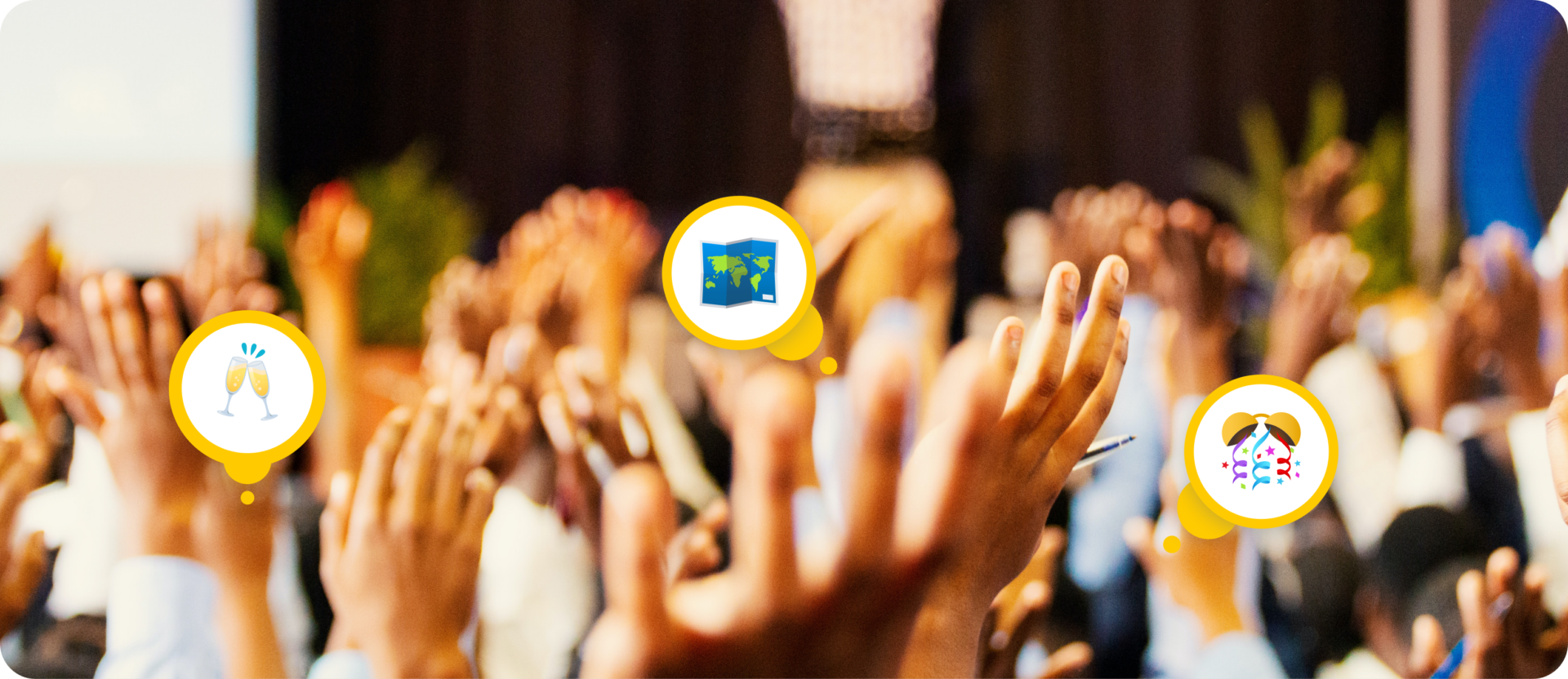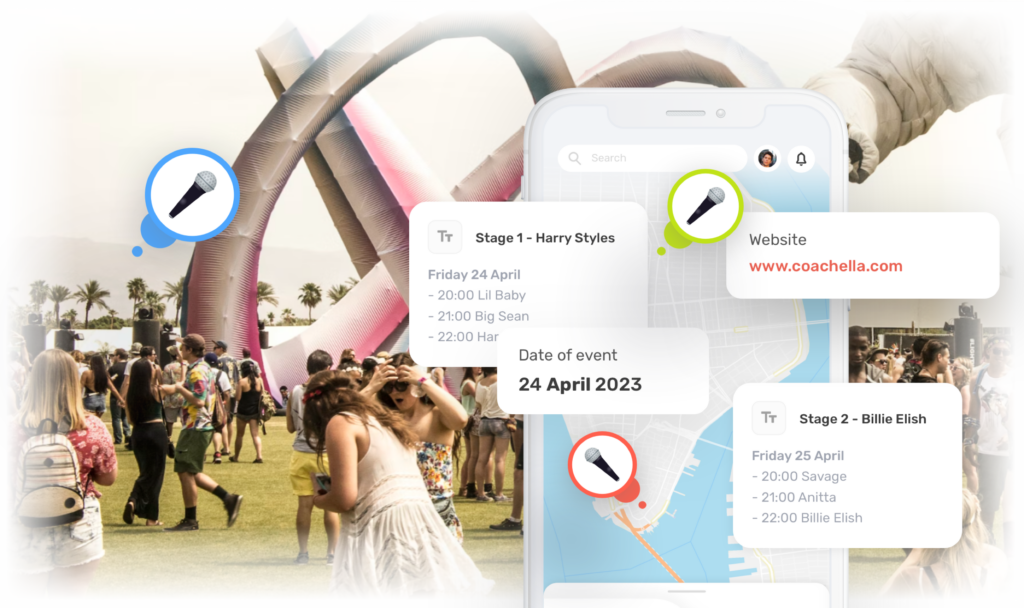What Is an Event Map? Everything You Need to Know
December 08, 2022 . 3 min read . Author: Phimie Soriano

Event mapping is a powerful tool used to plan and organize events. Thanks to a visual representation of the timeline and key elements, it’s possible to achieve a successful outcome. Keep reading to learn what event mapping is, why it’s important, and how to do it correctly. With the right approach and planning, event mapping can be a great way to increase the popularity of the event and attract more participants.
Table of contents
- What is an event map?
- The best event map examples
- Benefits of creating event maps
- How to do it right? Best practices
- The takeaway
What is an event map?
So, what is an event map? It’s an interactive visual representation of an event, such as a trade show, conference, festival, or convention. It typically includes floor plans, exhibitor listings, schedules, wayfinding, and other event-specific details.
Event maps can be used to help attendees find their way around the event, access attractions that are of interest to them, and plan their participation in the event based on the agenda.
The best event map examples
Are you looking for some inspiration and an event map example? Think about the following scenario. You’re organizing a conference and want to provide an event map to your attendees.
Your event map should include the following:
- A visual representation of the event space to help attendees find their way around the event. This can include the floor plan, the keynote address, information about the breakout rooms, and more.
- A list of the exhibitors, their bios, contact information, and the products or services they’ll be speaking about.
- Any additional details that attendees need to know, such as the parking information or the list of nearby restaurants where event participants can eat lunch.
Benefits of creating event maps
Since you know what an event map is, it’s time to discuss its benefits.
Event mapping is an essential tool for any organizer that wants to plan a successful, coherent event. The most important advantages of creating such maps include the possibility to:
- Identify potential issues – when creating an event map, organizers can identify potential issues that could arise before the event. This allows them to plan ahead and adjust the strategy accordingly.
- Visualize the event in order to plan it more efficiently and effectively.
- Streamline communication – event maps provide a visual representation of the venue and event, which facilitates communication between organizers, vendors, and other stakeholders.
- Increase attendee engagement – by using an event map, organizers can create a better experience for attendees and increase their engagement.
- Track progress – event maps can also be used to track progress and ensure that the event is running smoothly.
How to do it right? Best practices
How to prepare a proper event map?
- Plan ahead – it’s important to start preparing your event map as early as possible to have enough time to adjust it if needed.
- Think about your attendees – make sure you include all of the necessary information that your attendees need to know to enjoy the event to the fullest.
- Use visuals – they’re a great way to make your event map more engaging and easier to understand. Thanks to it, people won’t have problems digesting the information.
- Make it interactive – consider creating an interactive event map so that your attendees can easily find their way around the event or your spot. Why don’t you use a social mapping app and allow other participants to add information?
- Keep it up to date – remember to keep your event map up to date and make sure it reflects any changes that occur.
The takeaway
What is an event map? With the right approach and planning, it’s a tool that makes it possible to create an interactive piece of content that includes the most important information about the event and makes it easier to promote it. It also helps attendees navigate the venue and access content that’s of interest to them.
Want to learn how to promote an event? Check our article!
